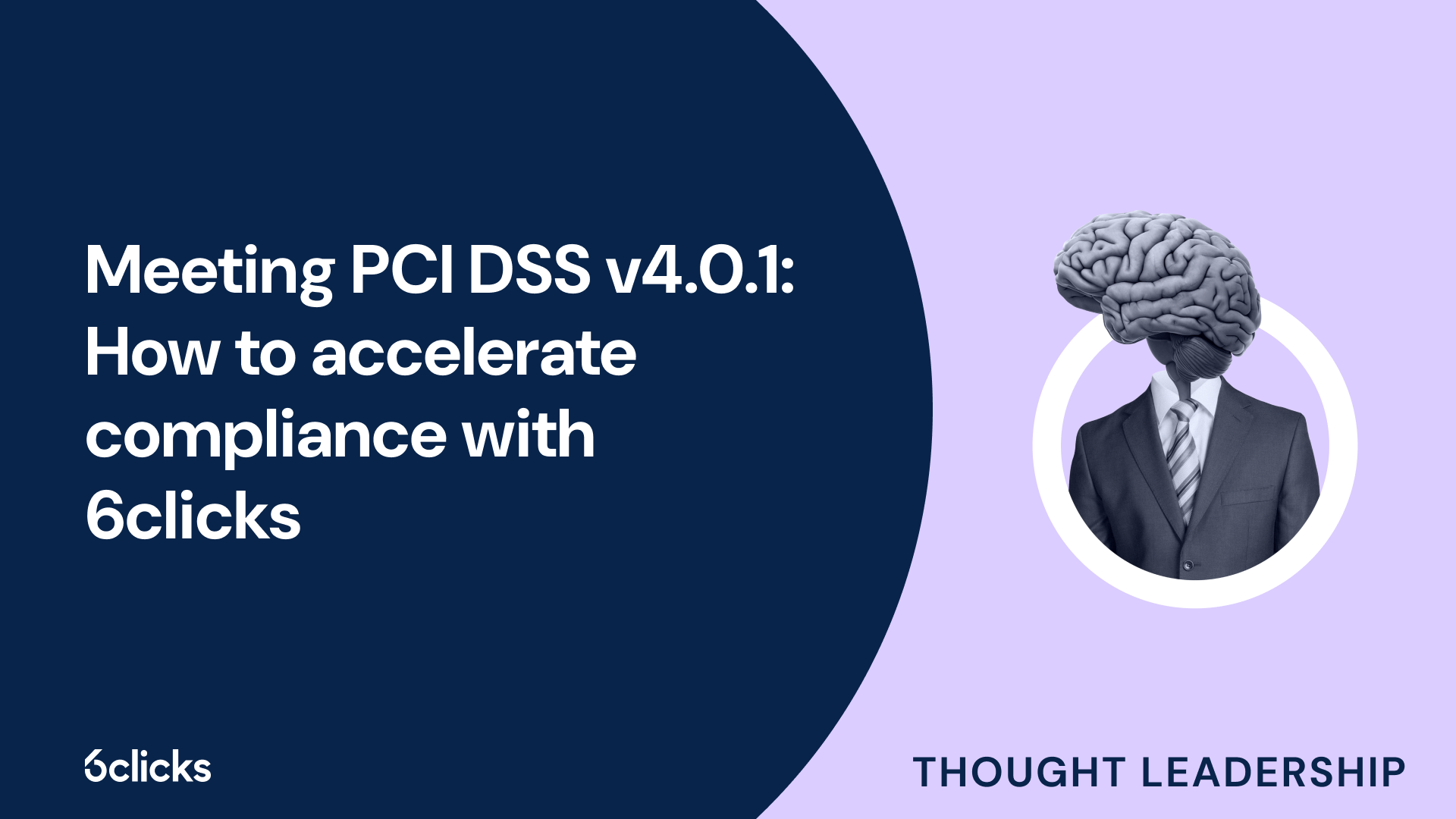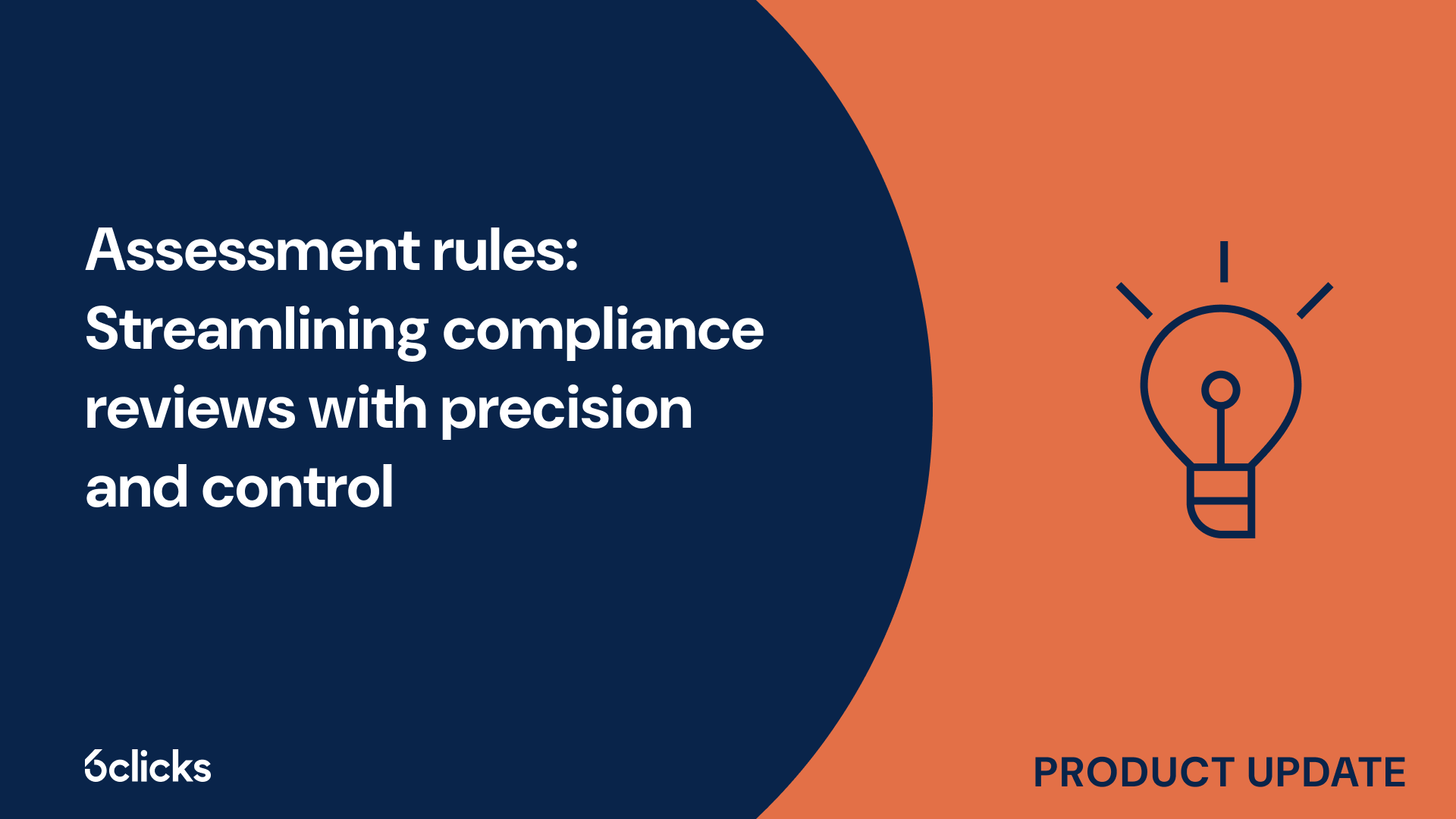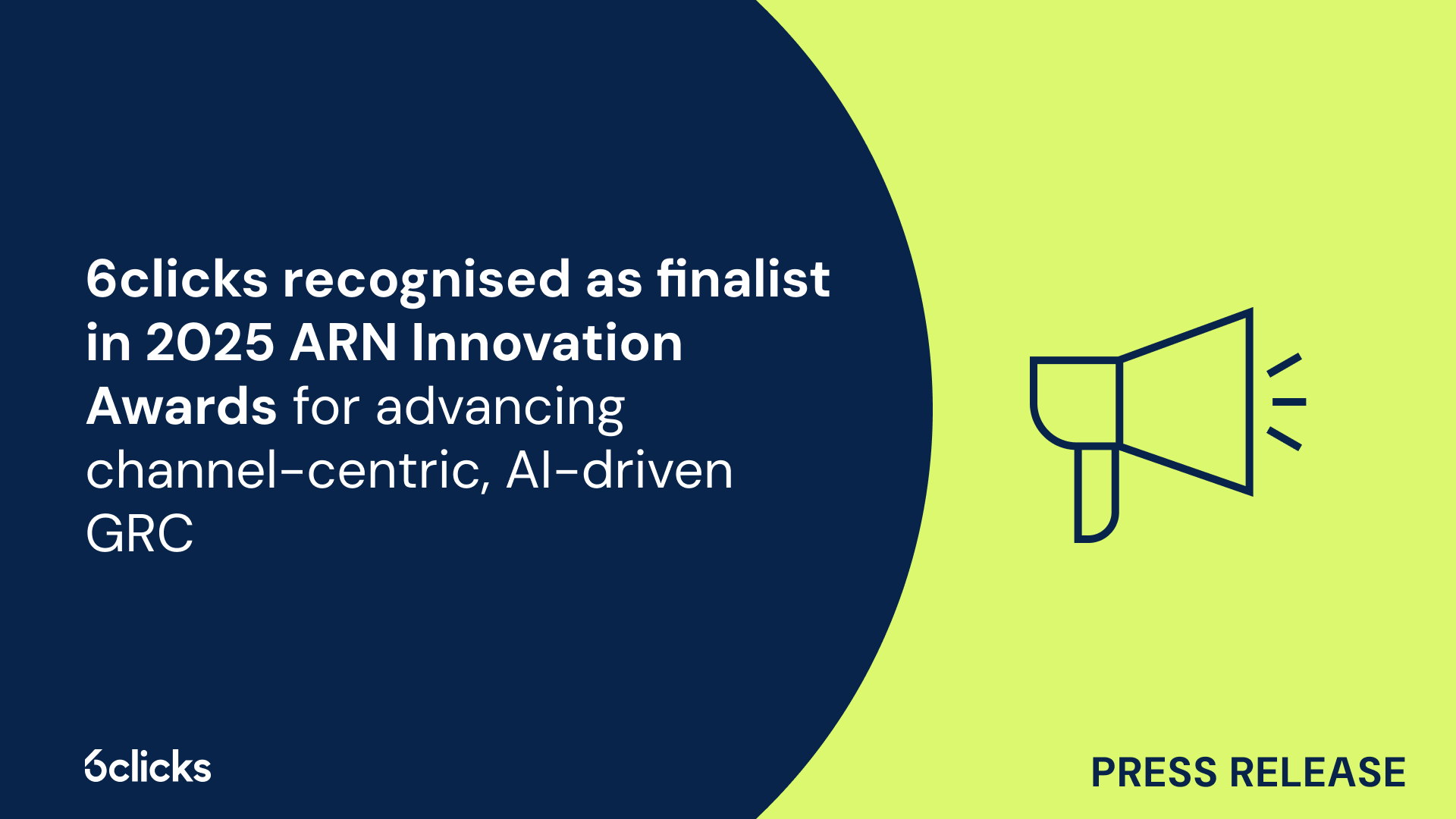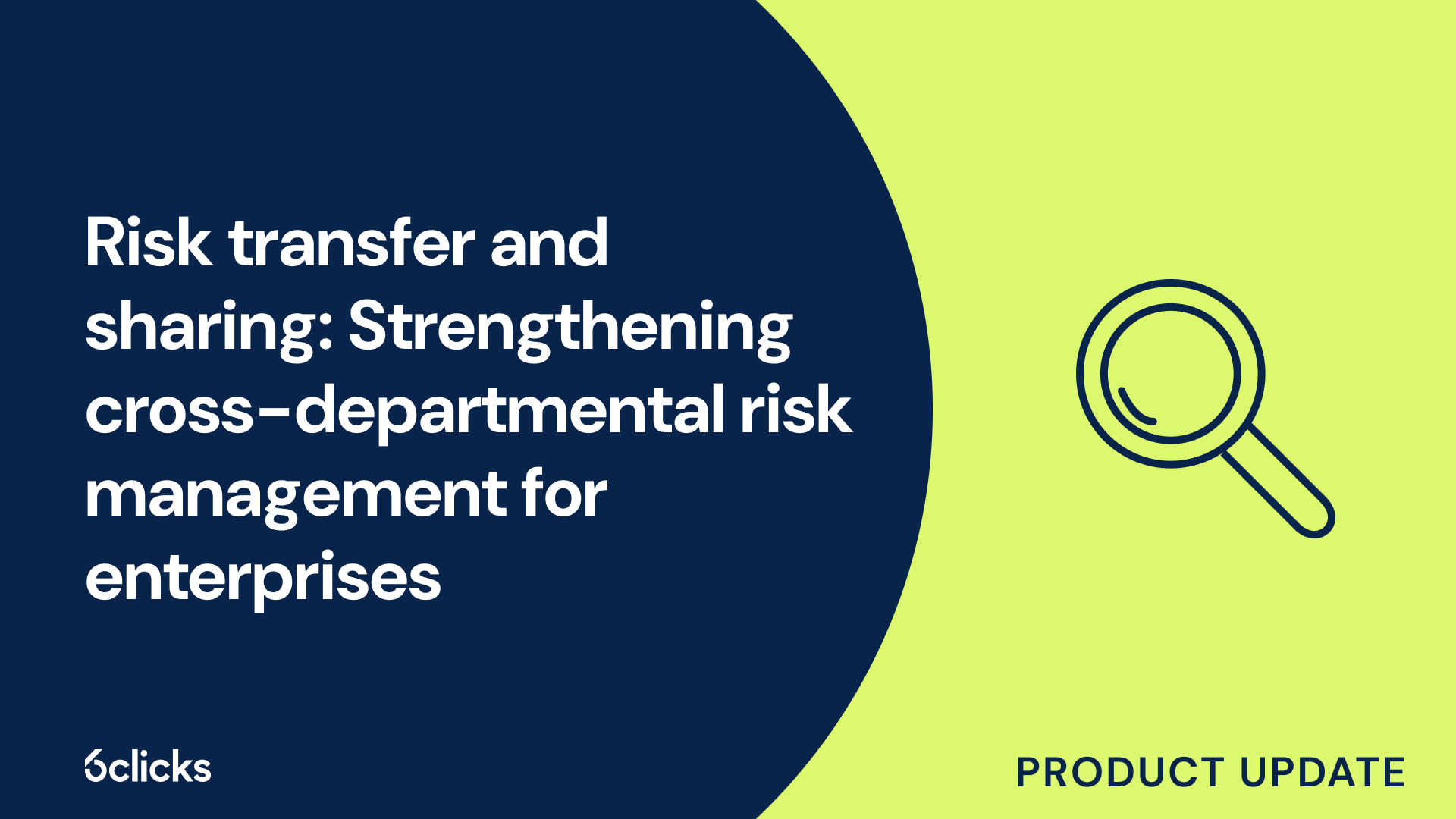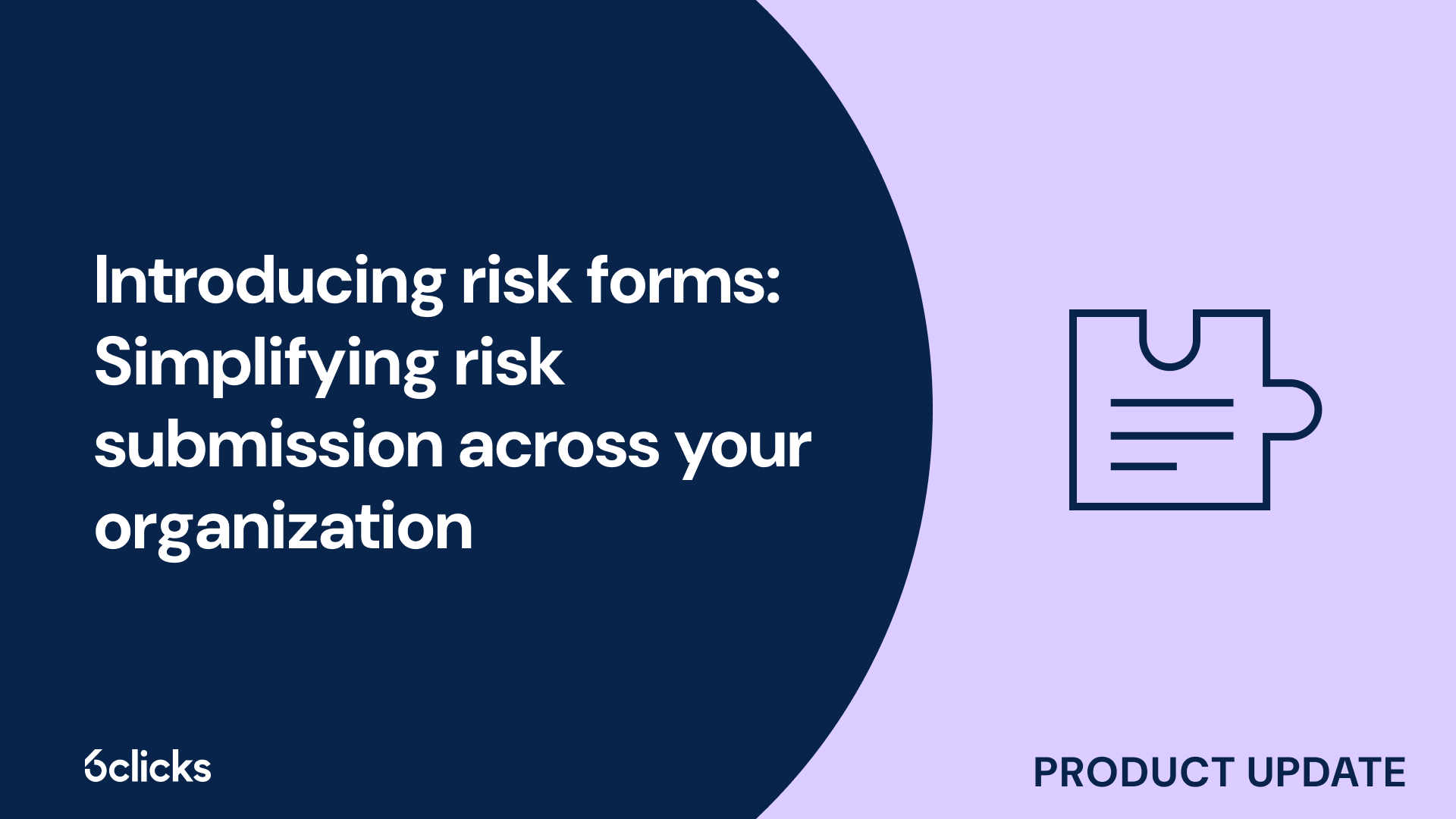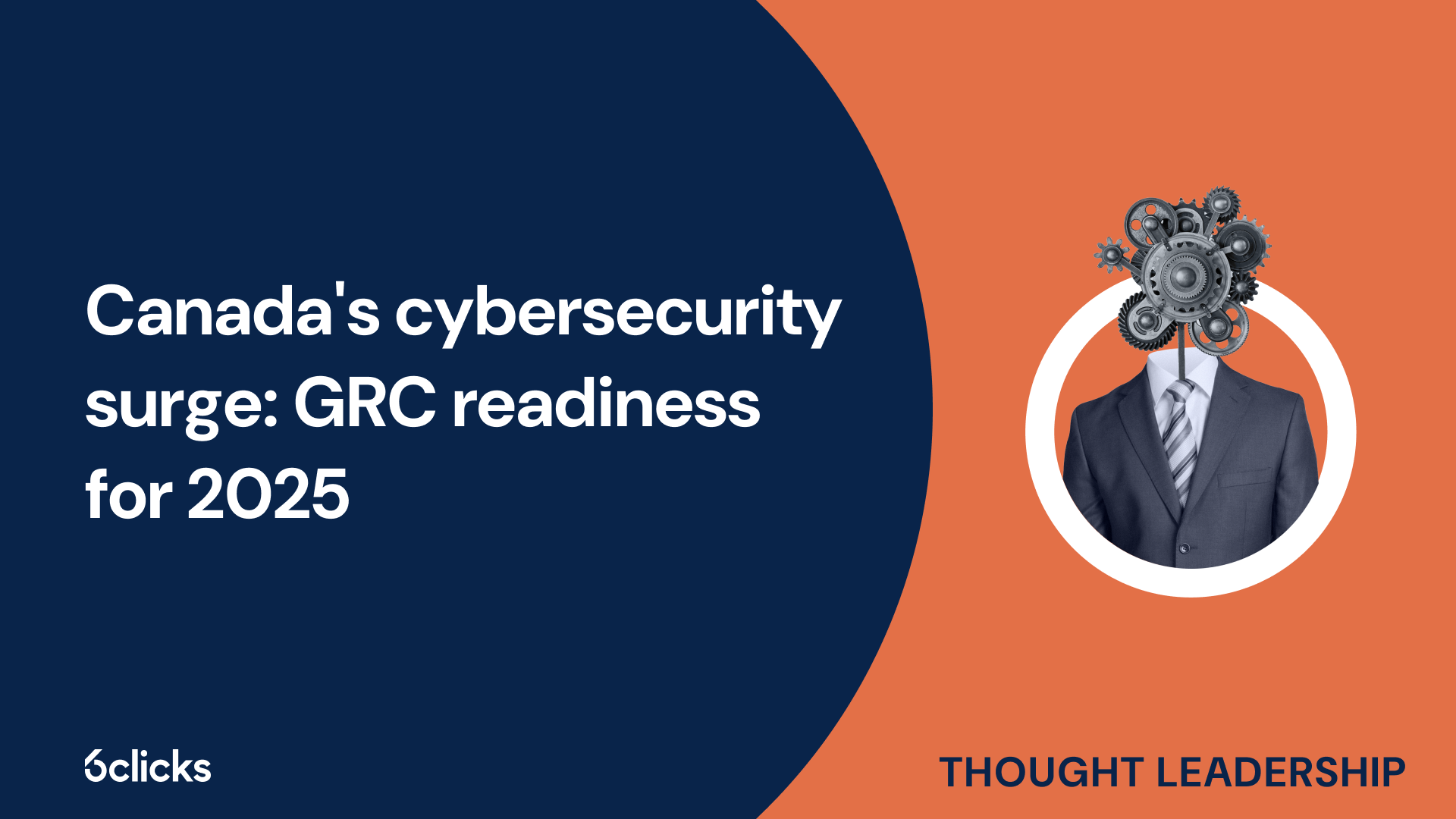The GRC buyer’s guide for 2025: Building resilience with AI-powered, federated solutions
Discover the ultimate GRC buyer's guide for 2025! Uncover how AI-powered, federated solutions transform compliance and security management for industries like government, aerospace, banking, and more. Learn about centralized control, continuous compliance, and advanced cyber GRC capabilities. Download now!
-1.png?width=200&height=249&name=Group%20193%20(1)-1.png)
The GRC buyer’s guide for 2025: Building resilience with AI-powered, federated solutions
What is an Essential 8 Assessment?
An Essential 8 Assessment is a comprehensive evaluation of an organization's cybersecurity posture, designed to identify vulnerabilities and strengthen defenses against cyber threats. Developed by the Australian Signals Directorate (ASD), this framework outlines eight critical mitigation strategies that can prevent up to 85% of targeted cyberattacks. The assessment involves auditing an organization’s systems and processes to evaluate how well these strategies are implemented and identify areas for improvement. By addressing weaknesses, organizations can enhance their security, reduce risks, and better protect sensitive data and systems.Core components of the Essential 8 framework
The Essential 8 framework consists of eight core strategies that organizations should implement to protect against common cyber threats. These strategies are designed to create a strong defense and include:
-
Application control – Ensuring that only trusted and secure applications run on systems.
-
Patching applications and operating systems – Regularly updating software to fix vulnerabilities and reduce the risk of exploitation.
-
Disabling untrusted macros – Preventing malicious code from executing through untrusted macros.
-
Hardening user applications – Strengthening security settings to minimize attack surfaces.
-
Restricting administrative privileges – Limiting access to critical systems and data to only authorized personnel.
-
Multi-factor authentication – Adding an extra layer of security by requiring more than one form of identification.
-
Backing up important data – Ensuring regular backups of critical data to prevent data loss and facilitate recovery.
-
Patching operating systems – Ensuring operating systems are kept up to date with security patches.
These strategies are essential for building a robust cybersecurity posture and preventing cyberattacks.
Key assessment areas
The Essential 8 Assessment involves evaluating various components of an organization's cybersecurity framework. The focus is on:
1. Risk identification & analysis
Risk identification and analysis are critical components of an Essential 8 Assessment. This process begins with a thorough evaluation of the organization’s current cybersecurity posture. By identifying vulnerabilities, organizations can assess potential threats and the impact of a security breach. This enables organizations to prioritize risks and allocate resources effectively to address the most critical vulnerabilities. It’s an essential first step to ensure that mitigation strategies are targeted and effective.
2. Security controls implementation & monitoring
Once vulnerabilities are identified, the next step is the implementation and continuous monitoring of security controls. This involves applying key mitigation strategies, such as multi-factor authentication, patching, and secure configurations, to address identified risks. Continuous monitoring using tools like intrusion detection systems and SIEM (Security Information and Event Management) solutions helps detect suspicious activities and threats in real time, ensuring that defenses remain effective and adaptive to new threats.
3. User access management & authentication
User access management is fundamental to protecting sensitive systems and data. It ensures that only authorized individuals can access critical resources. Implementing multi-factor authentication (MFA), reviewing access rights, enforcing strong password policies, and applying role-based access control (RBAC) all strengthen the overall security posture. Additionally, controlling administrative privileges and segregating sensitive systems helps prevent unauthorized access and the spread of potential threats.
4. Network security & segmentation
Network security is another critical aspect of an Essential 8 assessment. Effective network security involves implementing firewalls, network access controls, and intrusion detection systems (IDS) to protect organizational networks from threats. Network segmentation divides the network into smaller, isolated segments, reducing the attack surface and containing breaches. This ensures that even if one segment is compromised, it does not allow attackers to move laterally through the entire network.
5. Application security & vulnerability management
As organizations rely increasingly on applications, securing them against vulnerabilities is paramount. This involves secure coding practices, conducting regular security testing, and applying patches to fix identified vulnerabilities. The Essential 8 framework emphasizes two key elements of application security: Application Control (which prevents unapproved applications from running) and Patch Applications (ensuring they are updated with the latest security fixes). Proper vulnerability management ensures that critical weaknesses are identified and addressed proactively.
6. Patching and configuration management
Patching and configuration management play a crucial role in reducing cybersecurity risks. Regular patching of software and operating systems helps close known vulnerabilities, while configuration management ensures that systems are securely set up, preventing unauthorized access. Timely patching and maintaining secure configurations are vital to preventing attacks targeting outdated systems or misconfigured settings.
7. Data protection and encryption
Data protection is essential for safeguarding sensitive information. Encryption techniques ensure that data at rest, in transit, and in use is unreadable to unauthorized users. Organizations should implement strong encryption standards (e.g., AES) and secure key management practices. Additionally, monitoring and auditing data access ensures that sensitive information is properly protected and accessible only to authorized personnel.
8. System hardening & resilience
System hardening involves reducing vulnerabilities by removing unnecessary services, configuring secure settings, and regularly updating systems. This reduces the attack surface and makes it harder for cybercriminals to exploit weaknesses. Resilience ensures that, in the event of a cyberattack, systems can recover quickly. This involves having strong backup strategies and disaster recovery plans in place to minimize downtime and maintain business continuity.
Benefits of an Essential 8 assessment
An Essential 8 assessment provides organizations with several key benefits that significantly enhance their cybersecurity posture:
-
Improved cybersecurity posture: The assessment offers clear guidance on implementing best practices, such as multi-factor authentication, restricting administrative privileges, and securing configurations, to strengthen defenses.
-
Reduced risk of breaches and disruptions: By identifying and addressing vulnerabilities, organizations can reduce the likelihood of successful cyberattacks and minimize disruptions caused by breaches.
-
Enhanced visibility into security posture: The assessment provides a detailed overview of security controls and conducts a gap analysis, helping organizations identify and address any weaknesses in their cybersecurity defenses.
Summary
An Essential 8 Assessment is a crucial step for organizations to evaluate and strengthen their cybersecurity defenses. By focusing on key areas such as risk identification, security controls implementation, user access management, and data protection, organizations can identify vulnerabilities and take proactive measures to mitigate risks. The assessment’s core strategies—such as patching, multi-factor authentication, application control, and network security—help build a robust defense against cyber threats. Overall, the Essential 8 framework provides organizations with a comprehensive approach to improving their security posture, ensuring resilience, and minimizing the risk of cyberattacks.


